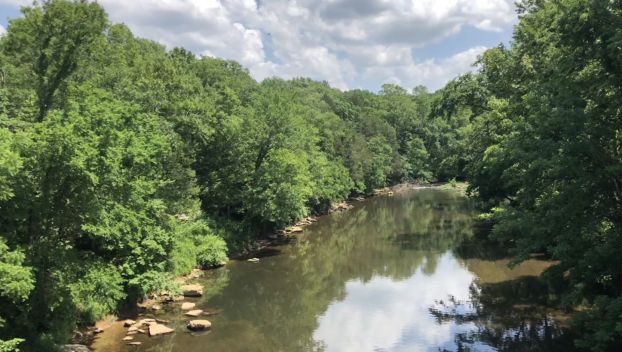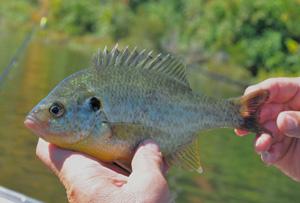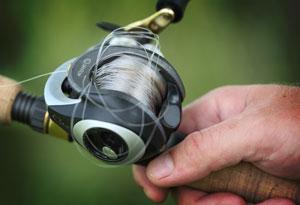News
Christmas tree collection to benefit fish population, fishermen
BY DAVID MAMARIL HOROWITZ david.horowitz@bgdailynews.com The Southwest District Fisheries Office and Cabela’s Outpost will again collect unadorned Christmas ... Read more
BY DAVID MAMARIL HOROWITZ david.horowitz@bgdailynews.com The Southwest District Fisheries Office and Cabela’s Outpost will again collect unadorned Christmas ... Read more

During Memorial Day weekend, residents along the Gasper River discovered numerous dead fish washing up onto banks and ... Read more
The George Washington Carver Center is celebrating its 70th Anniversary on July 15-16 with a fish fry, vendors, ... Read more

Jefferson Countys McNeely Lake is a good destination for canoeists, kayakers and those in small boats because the ... Read more
A new online tool from the Kentucky Department of Fish and Wildlife Resources will allow hunters, anglers and ... Read more

The lower sections of many tributaries to the Kentucky River offer surprisingly good fishing, especially in fall. A ... Read more
Families can rediscover the joy of fishing this weekend, June 4-5. Moms, dads, grandparents, aunts, uncles or any ... Read more

April 2011 is one of the wettest on record. Just a couple more inches of rain would propel ... Read more

Kentucky fishing licenses expired Feb. 28. If you go fishing now, you’ll need a new Kentucky fishing license. ... Read more

My grandfather had an old, huge saltwater Penn baitcasting reel spooled with black Dacron line attached to one ... Read more